The number of people struggling with a heart disease remains high globally, these signs play a significant role to help diagnose the disease problems like narrowed blood vessels, high blood pressure, plaque build up within the arteries and weakly functioning muscles. This all-round guide intends to explain the symptoms of women with heart failure, common symptoms of heart failure, leg pain due to deep vein thrombosis, and 8 signals that your heart is not working properly or signs of heart disease. A heart disease diagnostic exam therefore analytically appreciates these signs to identify people at high risk to seek medical care and prevent aggravation of the situation.
Recognizing the Signs of Heart Failure
Heart failure, a heart disease where the heart is not able to pump blood properly enough, is especially expressed through the various kinds of symptoms, which are sometimes are ignored. Identifying such signs can be the initial path for the treatment for a heart disease.
4 Signs Your Heart Is Failing
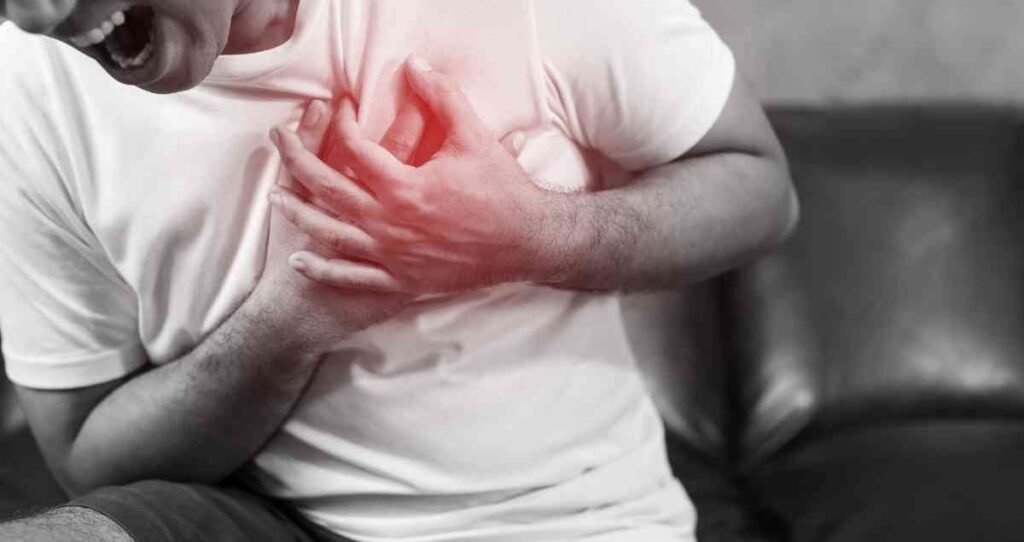
- Breathlessness: Experiencing shortness of breath during rest or light activities could indicate a failing heart.
- Persistent Coughing or Wheezing: A continuous cough producing white or pink blood-tinged mucus is a red flag.
- Swelling (Edema): Accumulation of fluid in the body can lead to swelling in the legs, ankles, and abdomen.
- Fatigue: Feeling unusually tired all the time, even with little to no physical exertion, can be a sign of heart failure.
Heart Failure Symptoms in Women
- Women may experience certain symptoms more prominently, such as:Women may experience certain symptoms more prominently, such as:
- Shortness of Breath: Seemingly more prominent in women during the periods when they are at rest or have been sitting of lying down.
- Abdominal Swelling or Discomfort: On their part women, they could report signs such as swelling and bloating in the belly.
- Fatigue: Women with heart failure, in particular, might feel absolutely exhausted after performing rather simple duties.
Deep Vein Thrombosis (DVT) and Heart Health
Deep venous thrombosis, the most common venous clot, usually happens in varicose or inflamed veins, such as those in the leg. It can lead to the heart diseases. Deep vein thrombosis leg pain symptoms include:Deep vein thrombosis leg pain symptoms include:
- Edema – not in the head, just in one leg, but rarely in both legs at the same time.
- Pain in the leg particularly in the calf when walking and feeling like cramping and soreness.
- The leg with a reddish or chemically altered skin pigmentation.
- The leg near the injury, if the condition is completely caused by nerves damaged, has an abnormal sensation of warmth.
Easier diagnosis and more immediate treatment of venous thromboembolism reduce the probability of more serious problems such as pulmonary embolism, which could, in turn, aggravate a patient’s heart problem.
8 Warning Signs Your Heart Isn’t Working Properly
Beyond the 4 signs your heart is failing, there are additional indicators to be aware of:Beyond the 4 signs your heart is failing, there are additional indicators to be aware of:
- Chest Discomfort or Pain: A hangover, usually a killer headache, vomiting or motion sickness.
- Nausea, Indigestion, or Stomach Pain: Other symptoms such as these, if they are accompanied by pain in the chest, even should not be ignored.
- Dizziness or Lightheadedness: According to doctors, heart problems may be present with symptoms like feeling shaky, uneasy or lightheaded. It means your brain is not either sufficiently nourished with the blood.
- Throat or Jaw Pain: If it is a pain that takes place without any obvious muscle strain, especially if the pain is related to the chest discomfort, it may be weird to your heart or may be due to any heart problem.
- Rapid or Irregular Heartbeats: Many times healthy people experience skipped heartbeats. However, those who experience fast or irregular pulses should visit a doctor and get an assessment performed.
- Sweating: Sweating coldly without any clear reason may squarely be a sign of a heart attack on the horizon.
- Swollen Legs, Feet, or Ankles: That means the contracted heart fails to work properly during its attempt to maintain the blood flowing.
- Lack of Appetite or Nausea: While feeling ill associated with nausea and loss of appetite may not seem too alarming, these symptoms become concerning when they are accompanied by other symptoms, such as chest pain or shortness of breath.
Seeking Treatment for Heart Disease
If one feels cramps, chest pains, or any other symptoms or sign of this nature, it is strongly advised to see a doctor as quickly as possible. Treatment for heart diseases can be as simple as making a change in lifestyle and taking medications or as complex as having surgical procedures when the disease is more severe and the condition for the heart is worse.
The Role of Lifestyle in Managing Heart Disease
Care of heart disease is standardly started with a suitable heart-healthy lifestyle. This entails following a reputable diet, having an exercise regimen, quitting smoking, and controlling your stress levels. These is important to keep the heart healthy and prevent with the development of heart disease that progress.
Conclusion:
One important thing to note is heart failure symptoms with 4 signs. Recognizing them as the warning signs can be life-saving in heart failure, including the usual symptoms in women. In the vast majority of cases, patients who discover and begin their heart disease treatment in time will manage to considerably improve the quality of life and their prognosis for the disease. Symptoms of heart failure awareness, and good heart-life style must be known in order to win the fight against heart disease.
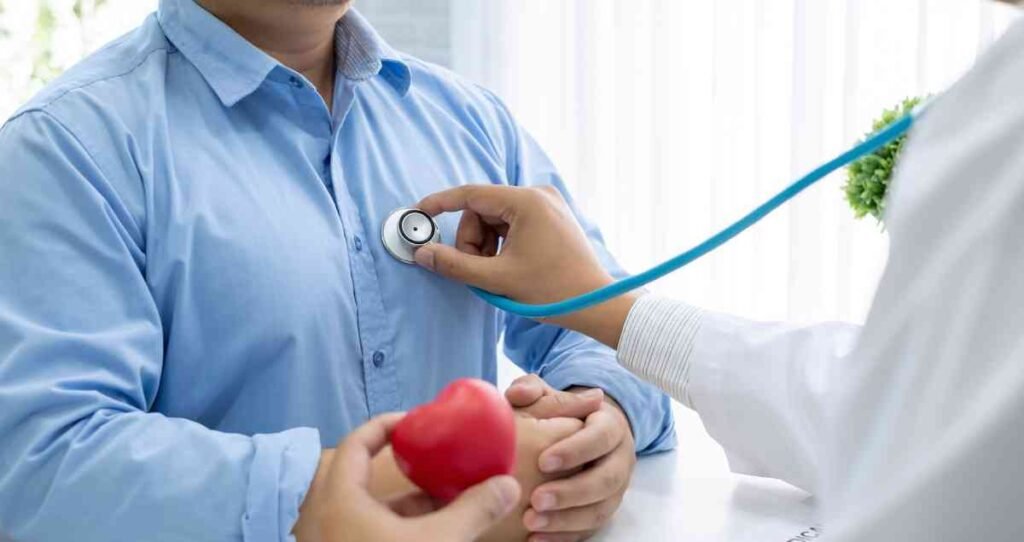

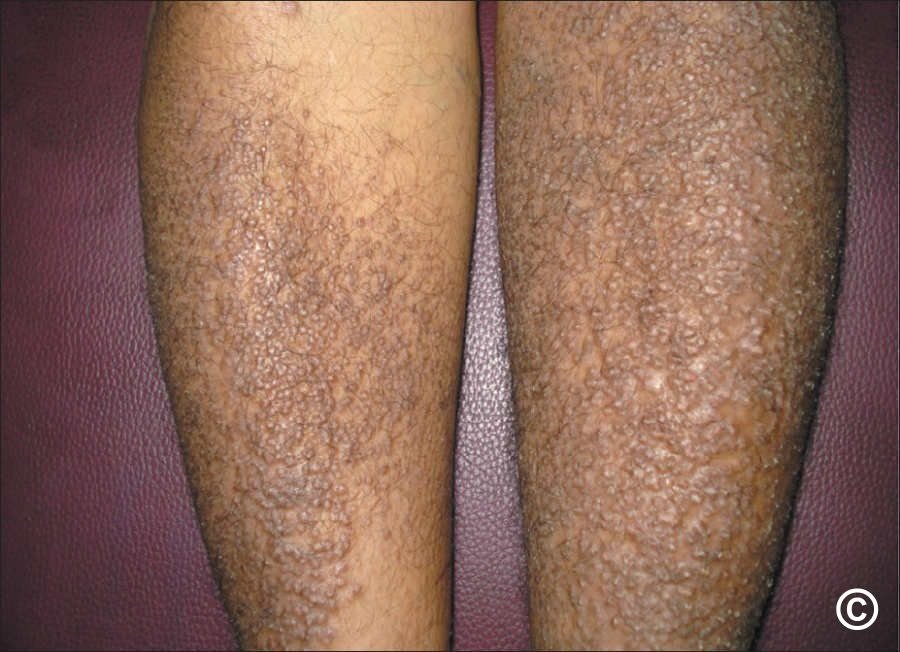

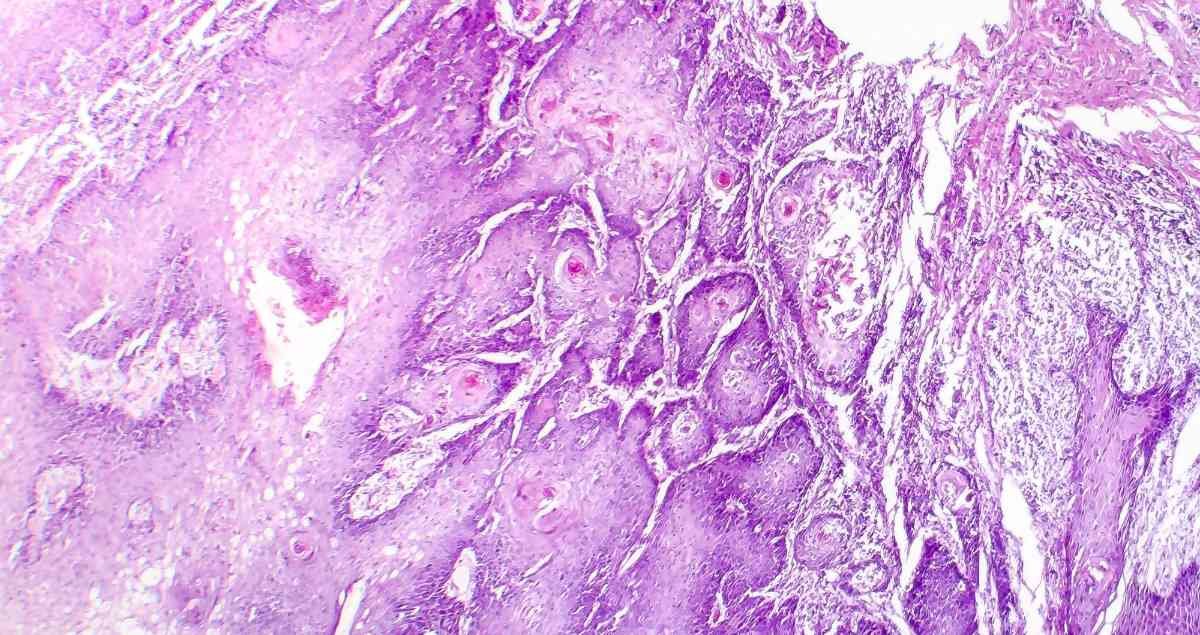

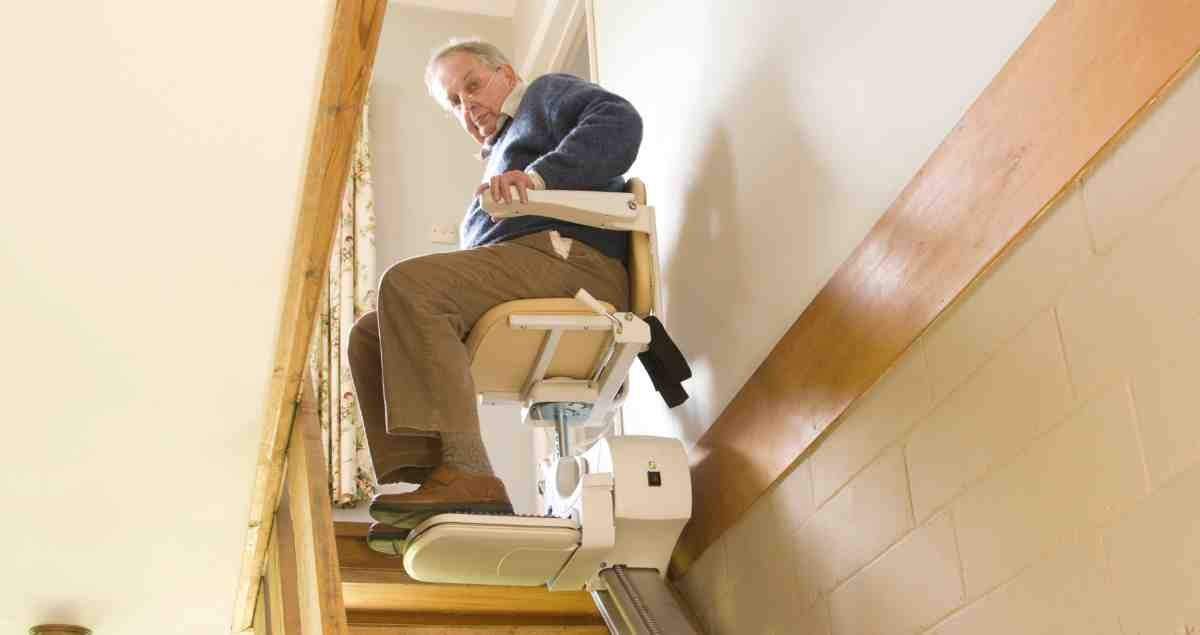



One Response